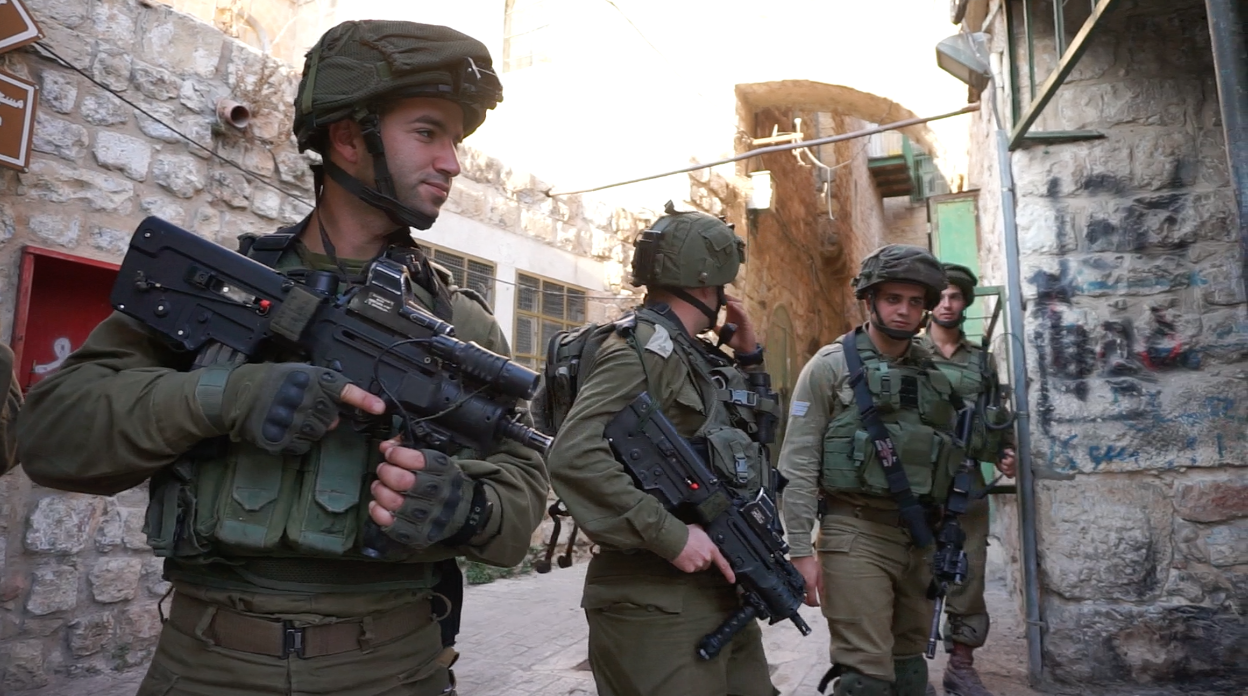23rd January 2017 | International Solidarity Movement, al-Khalil team | Hebron, occupied Palestine
As an international, taking photos of the Israeli occupation soldiers is either considered wrong and harmful or a joy. Harmful…harmful to what exactly? The continuous illegal occupation? Yet, photos are a joy for the soldiers, when they are proudly posing with an ignorant tourist, who do not realize the silent approval and admiration that the photo implies for this illegal occupation.
Here is the difference: when you pose with the soldiers and give the occupation a nice and smiley face for your vacation memories, the soldiers are happy. On the other hand, if you take a photo of what everyday reality under military occupation of an army with (almost) complete impunity means to the civilian Palestinian population: you’re a threat. A threat to the ‘image’ of the ‘most moral army in the world’, a threat to… an illegal occupation that is dragging on, continually denying even the most basic human rights to Palestinians. They are threatened not by their lack of humanity towards the Palestinians, but by a photo proving this reality.
The most important question remains though: when is the Israeli occupation going to realize that it’s not the photos that ‘make them look bad in the world’, but their actions: their denial of human rights, their killing with impunity, their not-in-the-least humane treatment of the Palestinians, and their continuous and increasing attempts of ethnic cleansing. It’s not the photo, but the actions. The photo is merely a mirror that shows the occupation what it really is – an image the army clearly doesn’t like. But in order to change that, you can’t break the mirror; you need to change yourself – your actions. In the end, it’s not the photo that matters, but the actions. The photo is a means to make the international community – deliberately closing their eyes to reality – see what’s happening. The problem will never be with the photo, but the actions – and the inaction that allows it to continue.

